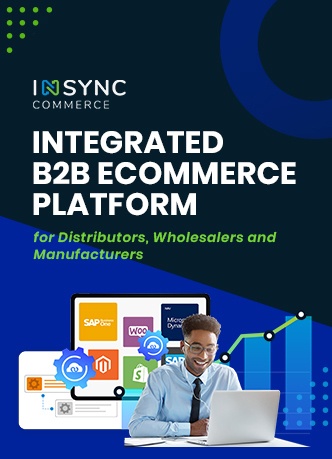In our previous post on the topic, we discussed the ways to increase ROI by increasing transaction volume. We also noted that since everyone is trying the same thing, it may not be very successful without investing a lot more. Today we discuss second way to increase ROI: reuse the capabilities being created.

We talked about some key capabilities we create when we start an online store: Showcase your catalog online, Take online orders and ship products, Track inventory and order supplies, Accounting and reconciliation of money flowing in and out, and Handle returns.
Let’s see how we can reuse these capabilities to improve our ROI.
Sell through online marketplace
Now that you have inventory and shipping capabilities, you can handle orders from sources other than your own store front. This opens up doors for online marketplaces as a channel for selling things. For example, listing on SBICard Mega Mall, HDFC Bank SmartBuy and eBay lets you reuse your order processing capabilities and get additional sale without much marketing costs. Depending on the catagories of items that you sell, you may want to sell into corporates, and in that case, eYantra and BenefitsPlus (and many more similar corporate-facing companies) are worth exploring. These channel partners will take their share (typically around 10% of transaction value) so as long as this is offset by saving in marketing and increased volume, it will be worth the investment.
Manage your offline sales
If you have offline presence (as a wholesaler/distributor, manufacturer, or retailer), you can manage the finances and orders using the back-end of your online store. Most storefront software allow you to create orders manually, and accounting systems can be configured to handle different sources of income so that you still retail the ability to separately manage different books for your different stores, but get the benefit of online store. For example, if you are a distributor, each order that you get is nothing but a purchase of a large shopping basket which you can easily create manually in your online system, generate invoice and collect payment through offline means (invoicing or cash/cheque). Additionally, you can use your shopfront as an online catalog that you can show to your prospective wholesale customers without you carrying physical catalogs.
Sell others’ products
It is not easy to create an online store. If you have one, you can consider renting it out (think of shop within a shop in Shopper’s stop) to those businesses that would like to go online but don’t have the capability. If you are strategic about it and get some complimentary products to be available on your site (say, you carry kids’ clothing and you tie up with a maternity clothing shop to carry their merchandise online), it can actually boost your own traffic and conversion. This will require some additional effort to make sure your payment processing company is fine with it, and the money flow is clearly segregated so that the partner company gets its due on time but it can yield very good results.
Recruit Franchises
Supplier relationships are valuable things, knowing when to order so that you can minimize your inventory costs is still more valuable. Now that you are into these things, you can offer this as a service to other offline shops (where you don’t have a presence yourself) by helping them carry your products offline. eDabba has done a very interesting job in this area, and others can do similar things in their area of expertise.
These are just a few ways in which ROI can be increased for an online store. Key takeaway is to always stay focused on this metric and keep coming up with creative ways of improving ROI.












